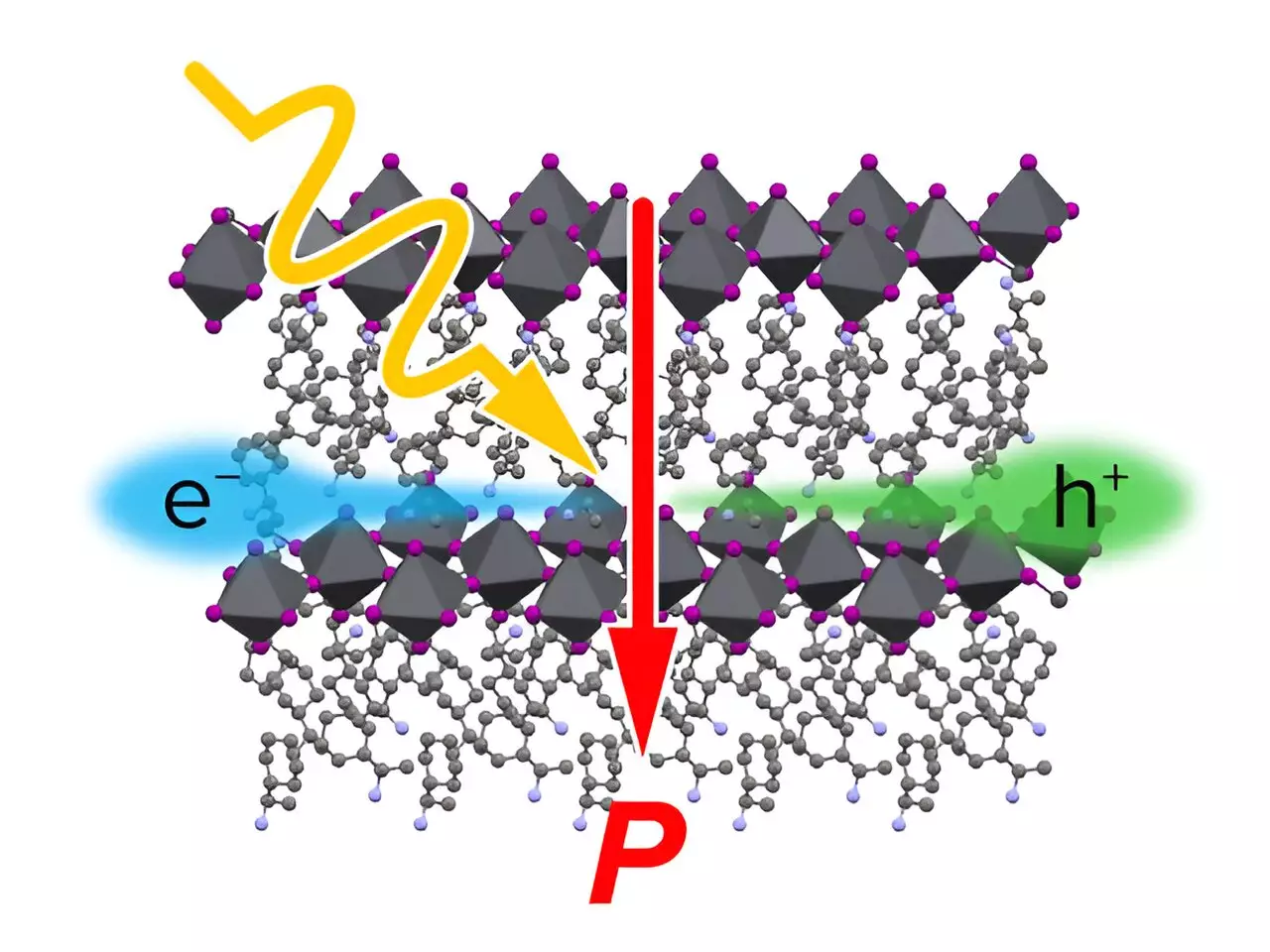The conversion of light into electricity is a phenomenon that holds immense potential for renewable energy. Solar cells, which utilize the photovoltaic effect to generate electricity, have become a prominent technology in this field. However, there is still much room for improvement in terms of their efficiency. A team of researchers from RIKEN has conducted a study to understand how special crystals convert light into electricity, with the aim of enhancing their efficiency and potentially utilizing them in solar cells. This article critically evaluates the findings of their research and discusses the implications for future developments.
Solar cells primarily operate based on the photovoltaic effect, where light is converted into electricity. The conventional design consists of two semiconductors, one with an excess of electrons and the other with a deficiency, allowing for efficient conversion. However, researchers have also been exploring the bulk photovoltaic effect, which involves a single material. Although its conversion efficiency is currently low, recent studies have put forth ways to enhance it. Understanding the mechanisms behind the bulk photovoltaic effect is crucial for harnessing its potential.
The bulk photovoltaic effect was initially believed to be driven by an electric field generated by polarizations within the material. However, a new explanation has gained traction, proposing that light-induced shifts in electron clouds within the material generate a current. This alternative mechanism offers advantages such as an ultrafast response and dissipation-less propagation. Taishi Noma and his team from the RIKEN Center for Emergent Matter Science aimed to investigate the underlying mechanisms by studying organic-inorganic hybrid perovskite (OIHP) crystals, a promising material for optoelectronic devices.
Through their meticulous study of the bulk photovoltaic effect in OIHP crystals, Noma and his collaborators discovered evidence that supports the shift mechanism and refutes the macroscopic polarization mechanism. Crucially, they observed the bulk photovoltaic effect along a non-polar axis in an OIHP crystal, which cannot be explained by the macroscopic polarization mechanism alone. This observation highlights the significance of crystal symmetry in determining the behavior of OIHP materials. By gaining insights into crystal symmetry, researchers can optimize the properties of OIHPs and potentially enhance their efficiency in converting light into electricity.
The findings of this study open up new avenues for research in materials beyond OIHPs. Noma suggests that shift currents can also be generated in other classes of materials, including liquid crystals and organic molecular crystals. Exploring these possibilities can lead to the discovery of novel materials with enhanced efficiency in converting light into electricity. This research also emphasizes the importance of understanding the fundamental mechanisms at play in order to improve the design and performance of optoelectronic devices.
The investigation into how special crystals convert light into electricity has shed light on the underlying mechanisms of the bulk photovoltaic effect. Through careful experimentation and analysis, the study conducted by Noma and his team reveals evidence supporting the shift mechanism, which involves light-induced shifts in electron clouds. This mechanism offers exciting possibilities for enhancing the efficiency of optoelectronic devices. Their research also emphasizes the role of crystal symmetry in influencing the behavior of materials. As researchers continue to explore new materials and gain deeper insights, the future of converting light into electricity appears brighter than ever.


Leave a Reply